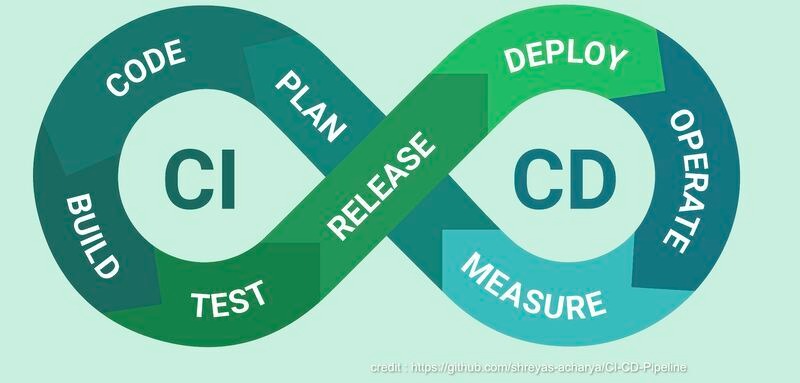In today’s fast-paced software development world, efficiency is crucial. Continuous Integration (CI), Continuous Delivery (CD), and Continuous Deployment (CDep) are essential practices that can transform your development workflow. These strategies streamline the entire pipeline, reduce errors, and speed up delivery. Let’s break down how each one enhances your process and drives innovation.
👨💻 Continuous Integration (CI): Collaborate and Build Faster
Continuous Integration (CI) enables developers to integrate their code into a shared repository frequently. This practice allows you to:
- Automatically build and test code using Git and CI/CD platforms.
- Run unit and integration tests to maintain a robust codebase.
- Minimize integration errors through frequent code integration, boosting collaboration.
CI acts as the foundation for efficient and error-free development. It helps ensure that every integration is validated automatically, which reduces issues in later stages.
🚀 Continuous Delivery (CD): Streamline Your Deployment Pipeline
Once your code passes validation in CI, Continuous Delivery (CD) ensures it is ready for deployment. The process involves:
- Running automated tests to confirm the build is stable and error-free.
- Deploying the build to staging or pre-production environments for final validation.
CD ensures that only the highest-quality code reaches production. This process minimizes risks and helps maintain a stable production environment.
🌐 Continuous Deployment (CDep): Full Automation in Action
With Continuous Deployment (CDep), automation reaches its peak. Here’s how it works:
- Every validated change is automatically deployed to production.
- Developers can focus on coding while the system handles deployment.
CDep speeds up the development lifecycle and enables faster feedback loops. This approach fosters greater agility within your team.
🛠️ Optimizing the Development Pipeline: From Code to Production
The CI/CD pipeline streamlines your process:
- Build: Developers push code, triggering CI processes.
- Integrate: Automated tools validate code integration.
- Test: Automated tests ensure stability and quality.
- Deploy: CD prepares the build for deployment in staging or pre-production.
- Release: In CDep, validated builds automatically deploy to production.
This pipeline optimizes every step, ensuring speed and quality while reducing the complexity of moving updates to production.
🌟 Embrace Efficiency and Reliability with CI/CD
Adopting CI/CD practices offers several benefits:
- Enhances code quality through automated testing and validation.
- Shortens development cycles without sacrificing stability.
- Promotes collaboration and fosters innovation within teams.
CI/CD isn’t just a set of tools; it’s a mindset for continuous improvement. By adopting this approach, you’ll unlock new levels of efficiency and reliability in your software development process.
Embrace CI/CD and transform your development workflow today! 🚀👩💻
#CI #CD #CDep #SoftwareDevelopment #ContinuousIntegration #AgileDevelopment #DevOps #TechInnovation #Efficiency #SoftwareEngineering

